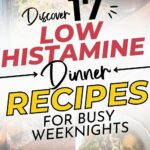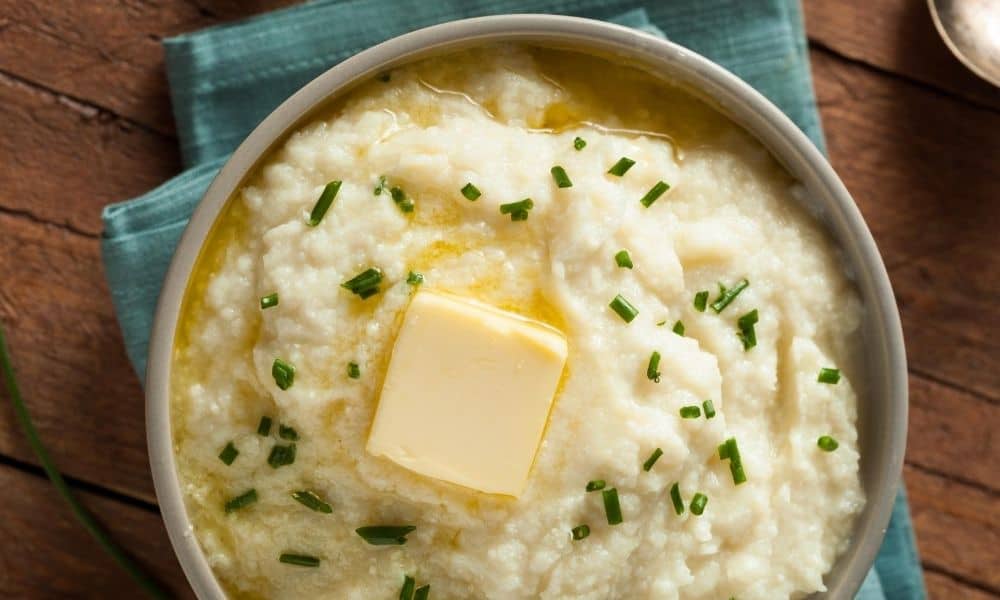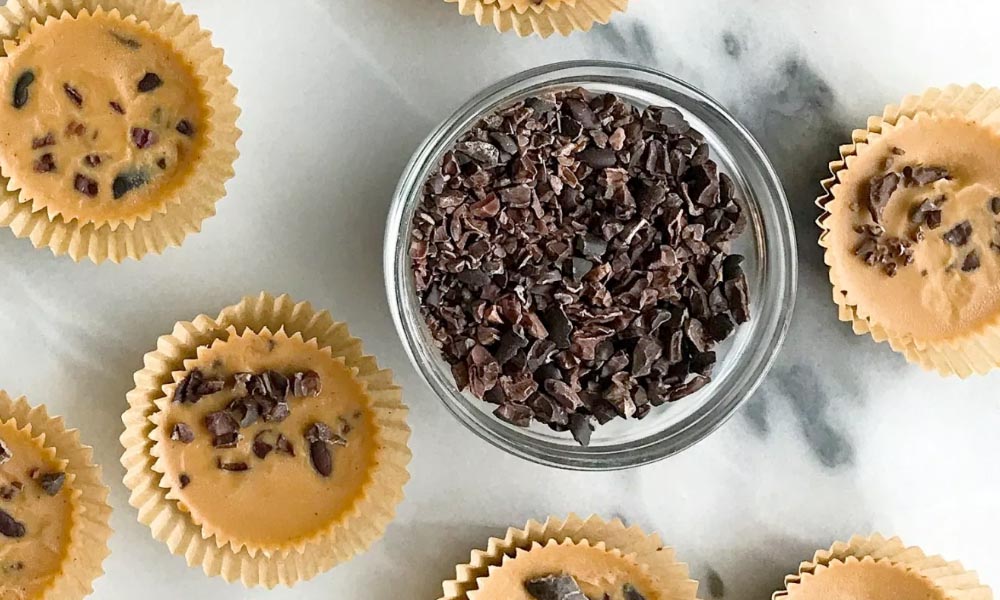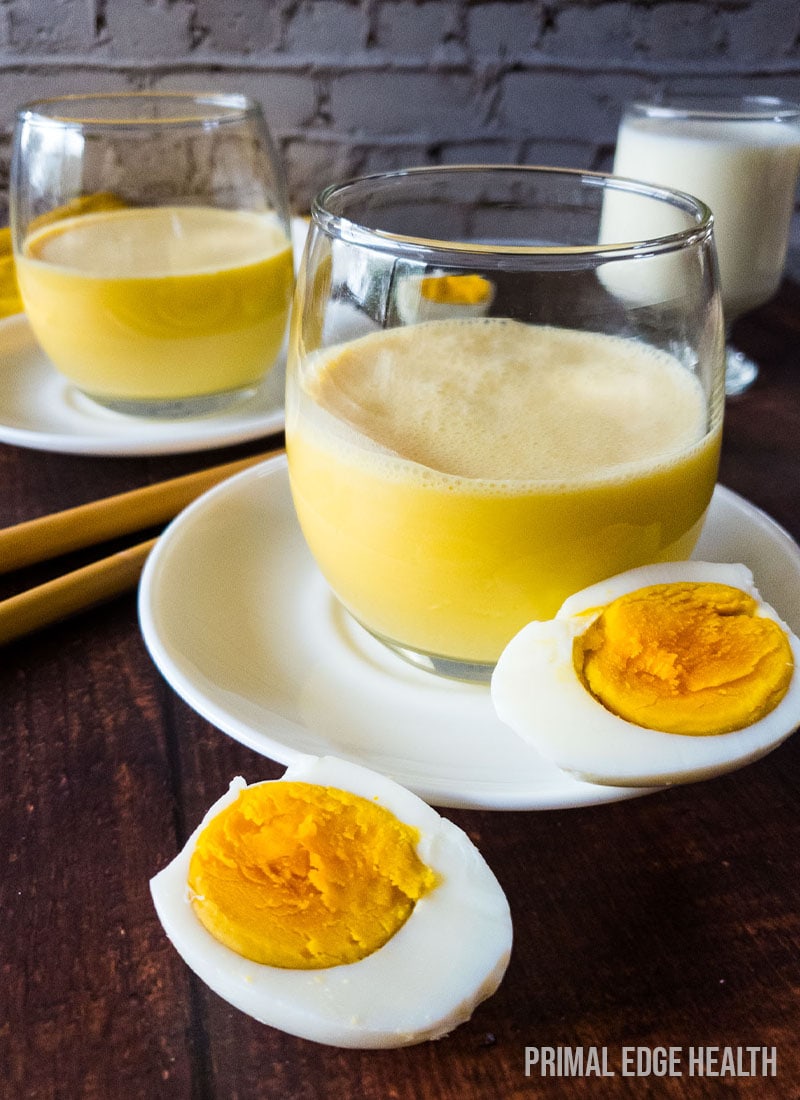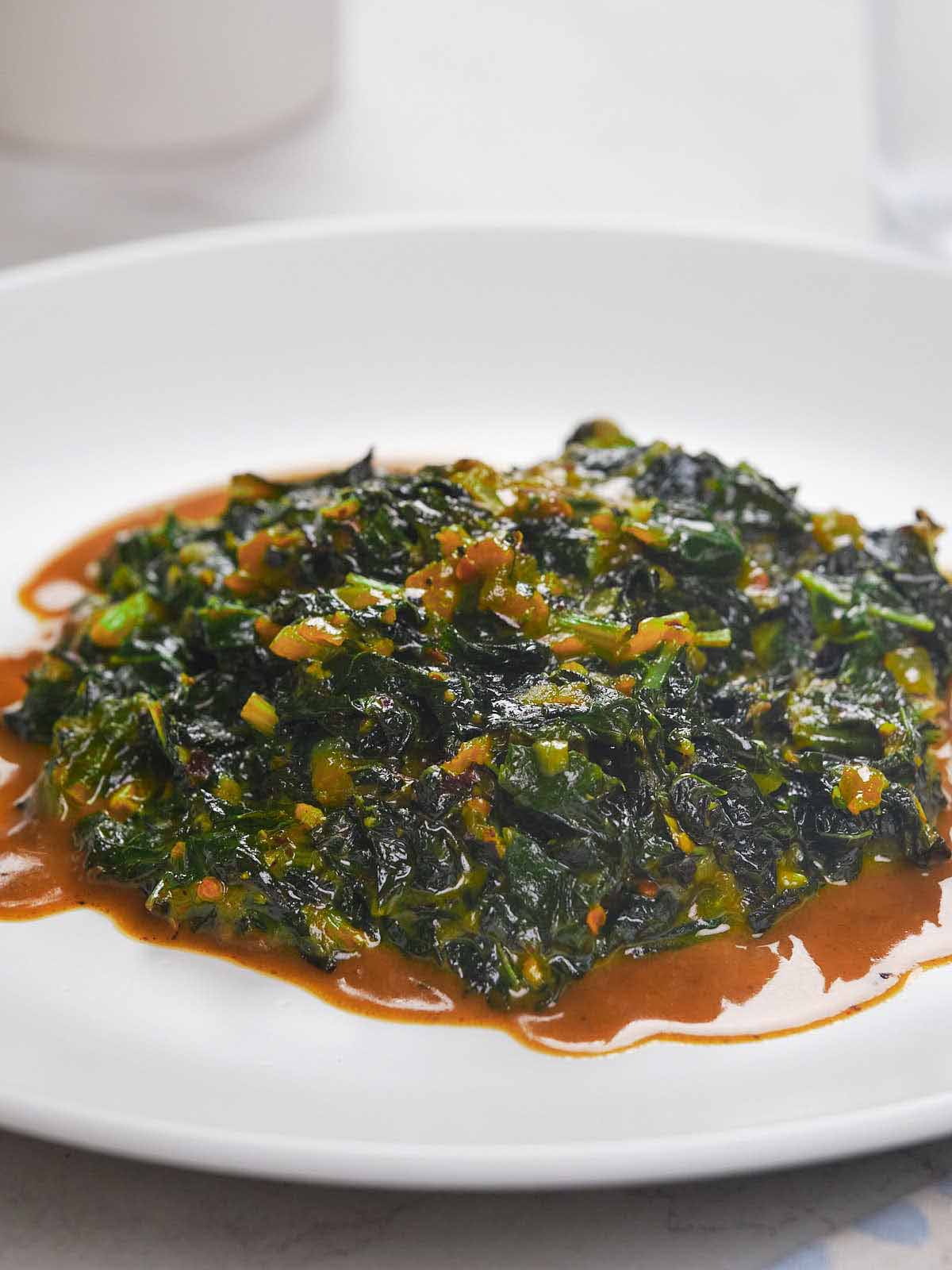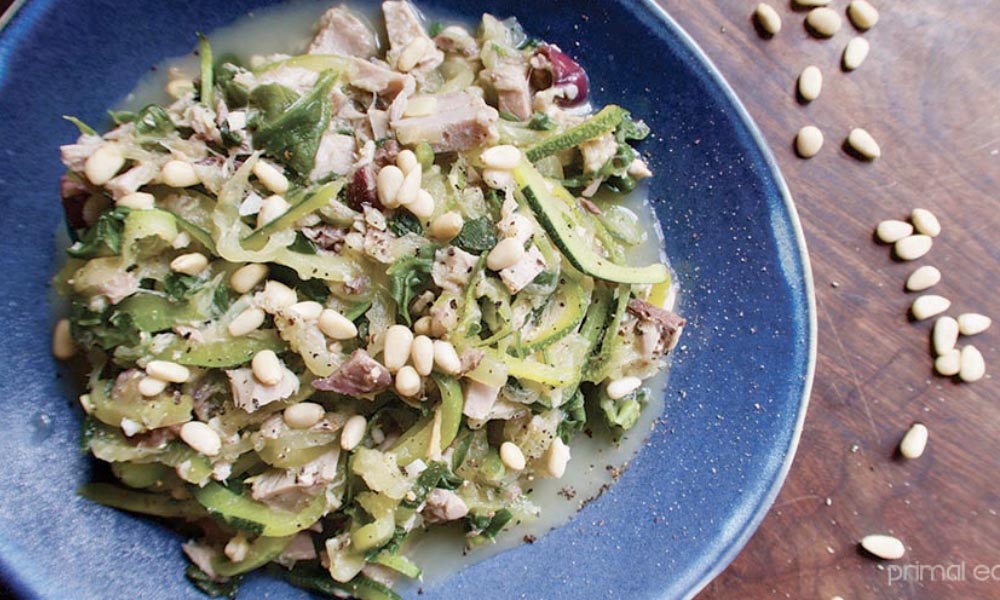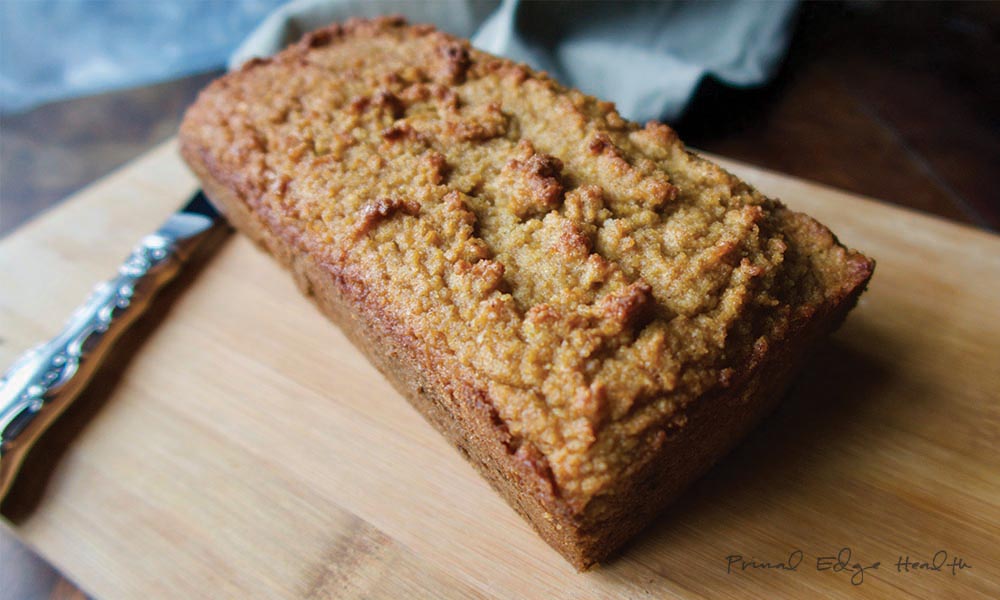17 Delicious & Easy Low Histamine Dinner Recipes
Primal Edge Health participates in the Amazon Services LLC Associates Program and other affiliate programs and therefore, may collect a share of sales or other compensation from the links on this page. This comes at no additional cost to you, and all the prices and availability are accurate at the time of publishing.
A list of easy, tasty, and affordable low-histamine dinner recipes is just what you need to diversify your meal plan while on this elimination diet. From savory, meat-based dishes you can pop in the slow cooker to quick and easy dishes you can prep in 20 minutes, you can find everything here.
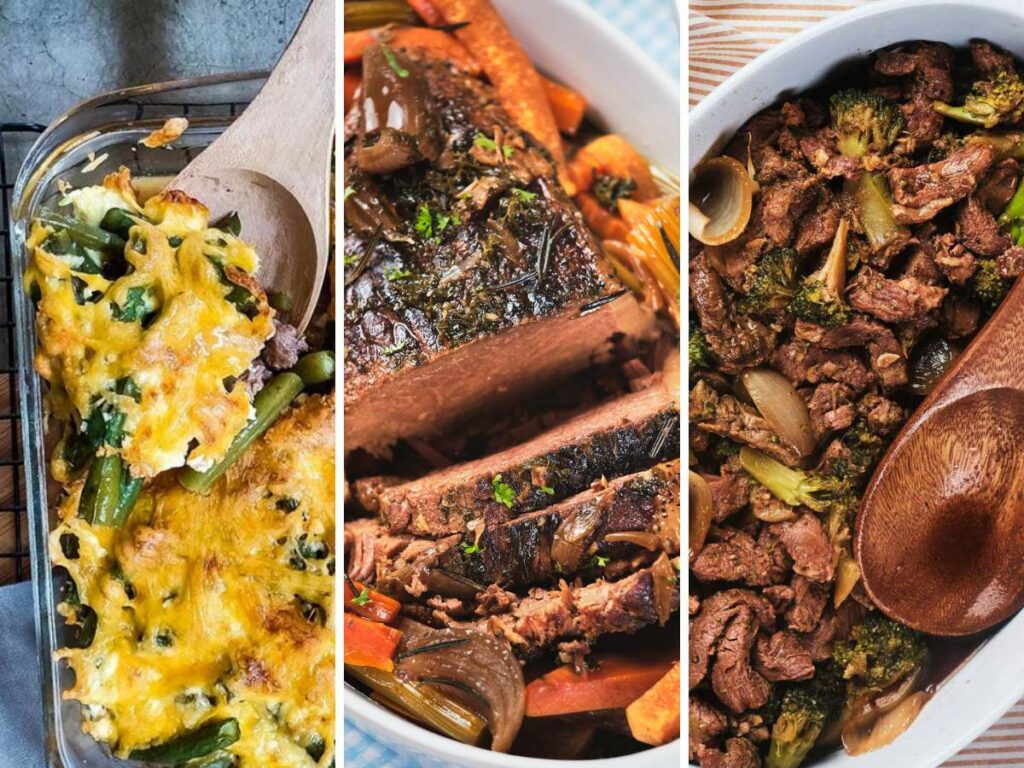
Thinking about what to cook for dinner can be hard enough. Throwing in a low-histamine aspect can make it even more challenging. So, I’ve compiled some of my absolute best dinner recipes that fit perfectly with the low-histamine diet!
Table of Contents (click to view)
Best Low Histamine Ingredients for Dinner
First things first, what ingredients should you focus on when making low-histamine meals? I use the SIGHI Histamine Intolerance List to plan my meals. According to this list, the best foods for people with histamine sensitivity include:
Meat
Fresh and minimally processed meat is the best option for the low-histamine diet (or any diet, for that matter). Here are some of my go-to’s:
- Natural fresh meat, as fresh as possible, packaged and dated: e.g. cutlet, fillet, chicken legs, turkey breast, etc.
- Frozen meat that is thawed rapidly
- Cooked ham (without yeast extract or glutamate)
- Eggs (chicken, quail, etc.)
- Absolutely freshly caught fish
- Frozen fish (no long-time storage), e.g. pollock, cod, trout, whitefish, perch, organic pangasius
Dairy Products
Sadly, aged cheeses have the highest amounts of histamine among all the dairy products. You can still enjoy a moderate amount from time to time, but there are plenty of other options, such as:
- Fresh dairy products: milk, butter, cream, whey
- Cream cheese: mozzarella, curd cheese, cottage cheese, mascarpone, ricotta, goat cream cheese
- Young Gouda
- Butterkäse
- Schichtkäse
Cereals and Pastry
Fortunately, a lot of common cereals and grains are well-tolerated, according to the SIGHI List. Here are your best options:
- Potatoes
- Corn
- Rice
- Any kind of grain in various forms:
- Granules
- Flakes
- Semolina
- Middlings
- Flour
- Pasta
- Bakery products
- Sauces
Fruits and Vegetables
Good news for veggie lovers: most vegetables are considered low-histamine except for a few that we will name in the next section. So, you can pretty much enjoy almost any vegetable you want, ideally with a side of low-histamine salad dressing.
The same goes for fruits. Here are some of the best options for a low-histamine diet:
- Apple
- Peach
- Apricot
- Melon
- Mango
- Persimmon
- Lychee
- Cherries
- Sour cherries
- Blackberries
- Blueberries
- Cranberries
- Currants
- Cassis
- Coconut
- Coconut milk
- Coconut water
- Macadamias
- Chestnuts
Seasonings, Fats, and Oils, Sweets
All oils are safe for the low-histamine diet, so you can use any fat source you want to cook your low-histamine meals. All seasonings are okay too except hot spices, whether dried or fresh. As for sweets, here are some of the well-tolerated options:
- Sugar
- Agave syrup
- Honey
- Stevia
- Jams from low-histamine fruits
Beverages
What can you drink alongside your low-histamine dinners? Try these:
- Water
- Herbal tea
- Low-histamine wine
- Low-histamine alcohol
High-Histamine Foods You Should Avoid
Now that you have a list of low-histamine ingredients you can use, it should become easier to think up suitable meals. However, it’s also important to learn about high-histamine ingredients you should avoid (but not necessarily eliminate):
Meat
Generally, it’s best to avoid preserved meats as histamine levels tend to rise as the meat ripens, according to this 2021 study by the Journal of Veterinary Research. Try to keep these options out of your grocery list:
- Canned meat, cured, dried, marinated, smoked, or otherwise preserved meat (e.g. dry-cured ham, bacon)
- Bone-matured or dry-aged meat, long hung meat (ask your butcher)
- Finely chopped/pureed meat (e.g. meatloaf, spreads, cold cuts)
- Almost all sausages (e.g. salami, liverwurst)
- Offal, innards (especially liver)
- Canned fish, marinated, salted, dried, smoked, or pickled fish and seafood
- Certain fish species (particularly the Scombroidae family):
- Tuna
- Mackerel
- Herring
- Sardines
- Anchovies
- Mahi mahi
- Fish sauces
- Shellfish (mussels, lobsters, crabs, shrimps, prawns)
Dairy Products
A bit of bad news for my cheese lovers: a lot of aged cheeses are not great for the low-histamine diet. You might want to avoid these:
- Hard cheese
- Semi-hard cheese
- Soft cheese
- Processed cheese (prepared cheese, cheese product, plastic cheese)
- Blue cheese
- Mold cheese
- Fondue
- Aged Gouda
Fruits, Vegetables, and Nuts
The list of high-histamine fruits and vegetables is thankfully quite short. For vegetables, high-histamine options include:
- Sauerkraut
- Spinach
- Tomatoes (including ketchup, tomato juice, etc.)
- Eggplant
- Avocado
- Olives
- Legumes (lentils, beans, soy, soy products such as tofu)
- Pickled vegetables
As for fruits and nuts, here are some options you should avoid. However, this doesn’t mean you should eliminate them completely from your diet.
- Strawberries
- Raspberries
- Lemons
- Oranges and other citrus fruits
- Banana
- Pineapple
- Kiwi
- Pears
- Papaya
- Guava
- Nuts, especially walnuts, cashews, and peanuts
Spices and Sweets
What about spices, seasonings, and sweets? Here are several high-histamine options you should use less of:
- Vinegar (especially wine vinegar and balsamic vinegar)
- Yeast extract
- Flavor enhancers (glutamate, sodium glutamate)
- Bouillon, broth
- Soy sauce
- Hot spices
- Cocoa
- Cocoa mass
- Brown chocolate
- Dark chocolate
- Carob
Beverages
Alcohol is the biggest issue when it comes to the low-histamine diet. According to Texas Health Resources, many alcoholic drinks have high levels of histamine due to the fermentation process, which incorporates histamine into the product. Red wine and beer are the most common culprits, but you might also want to avoid other drinks like:
- Soy milk
- Energy drinks with theobromine
- Juices and sodas with unsuitable ingredients
- Nettle tea
Best Low Histamine Dinner Recipes to Try
If you’re looking to keep your histamine levels in check without giving up on great meals, we’ve got you covered with some top-notch low histamine dinner ideas. These recipes are super tasty and simple to make, ensuring you can enjoy dinner without the worry. Plus, they’re perfect for anyone who wants to eat well but needs to avoid those pesky histamines that can cause discomfort.
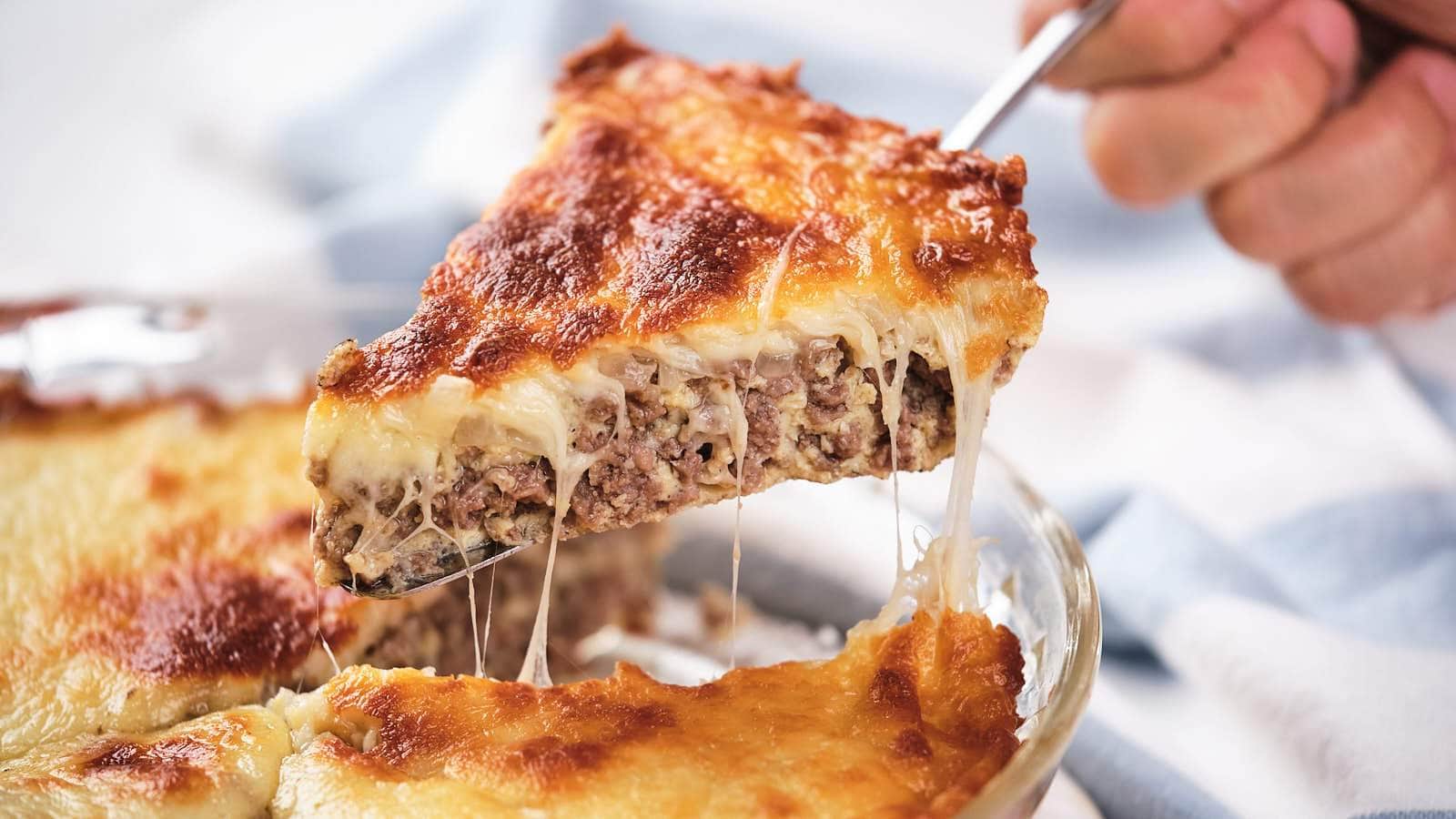
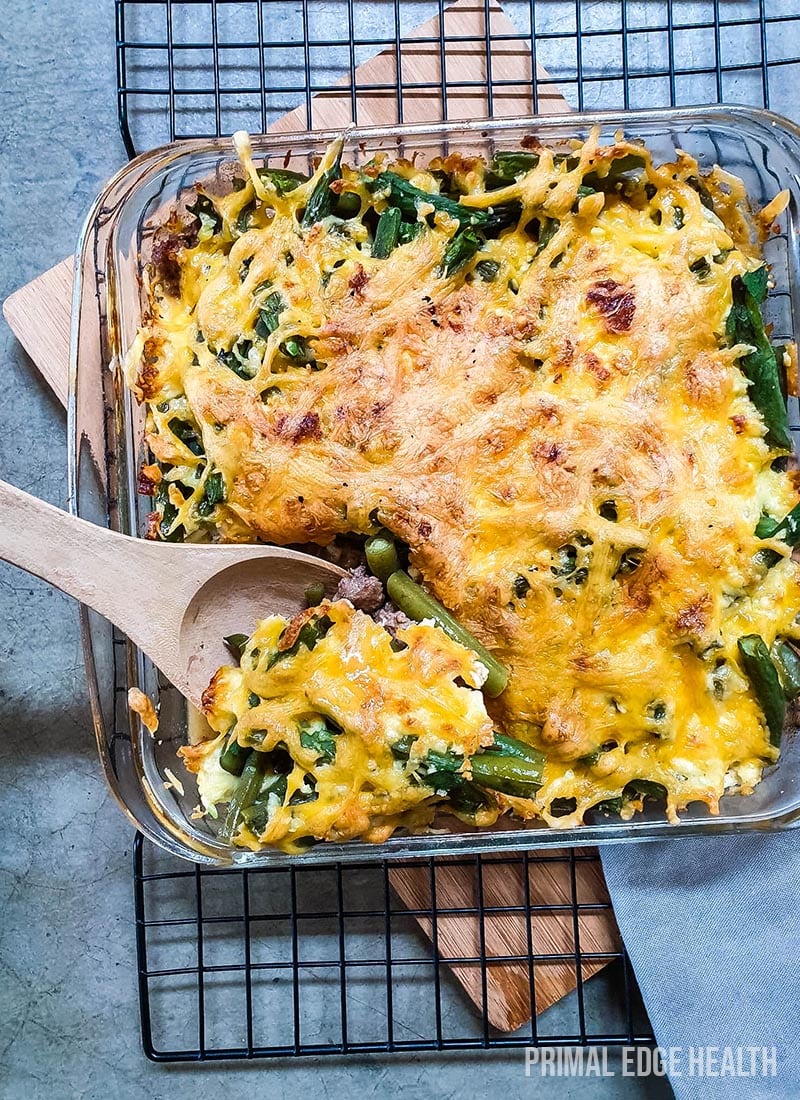
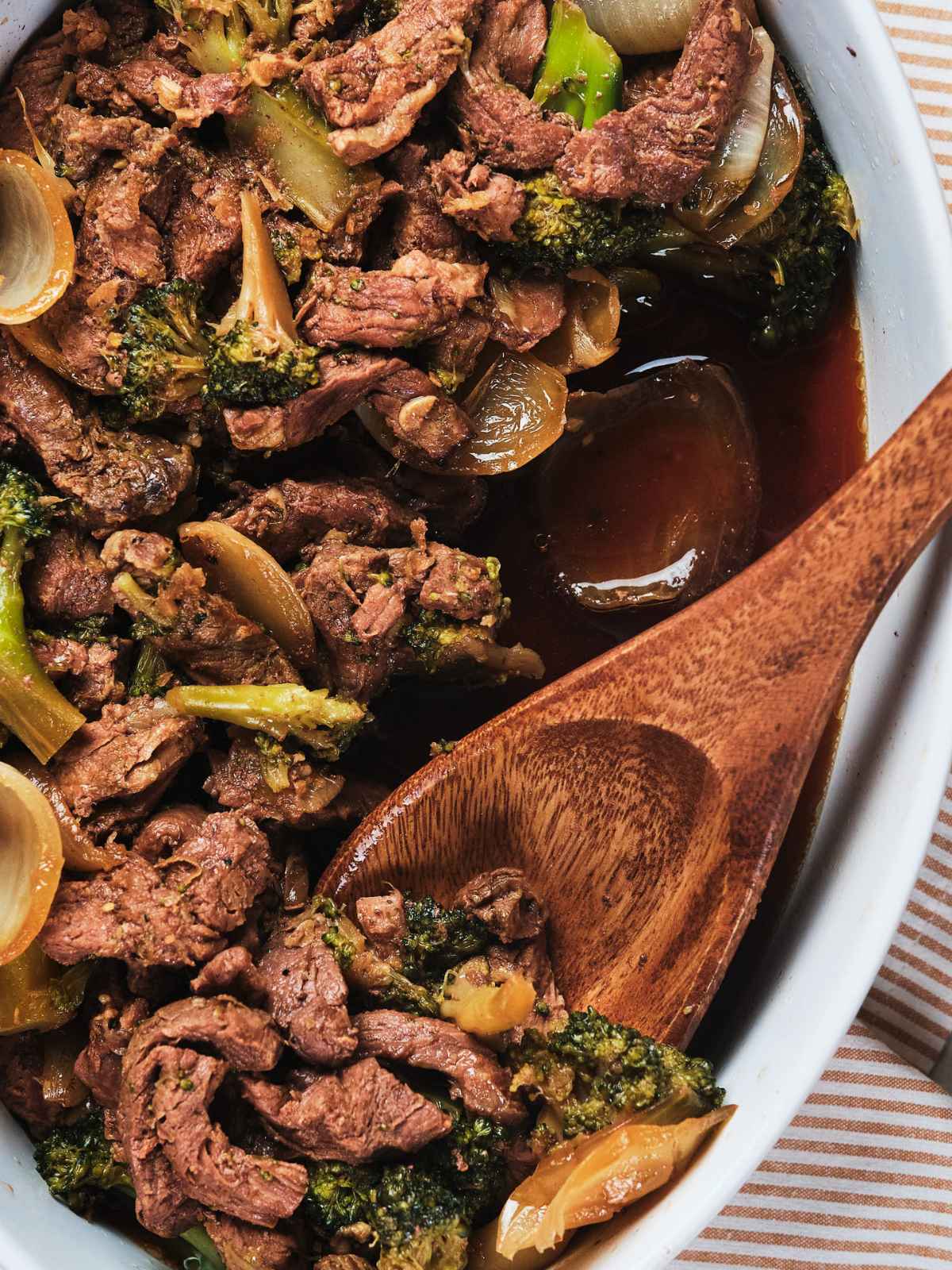
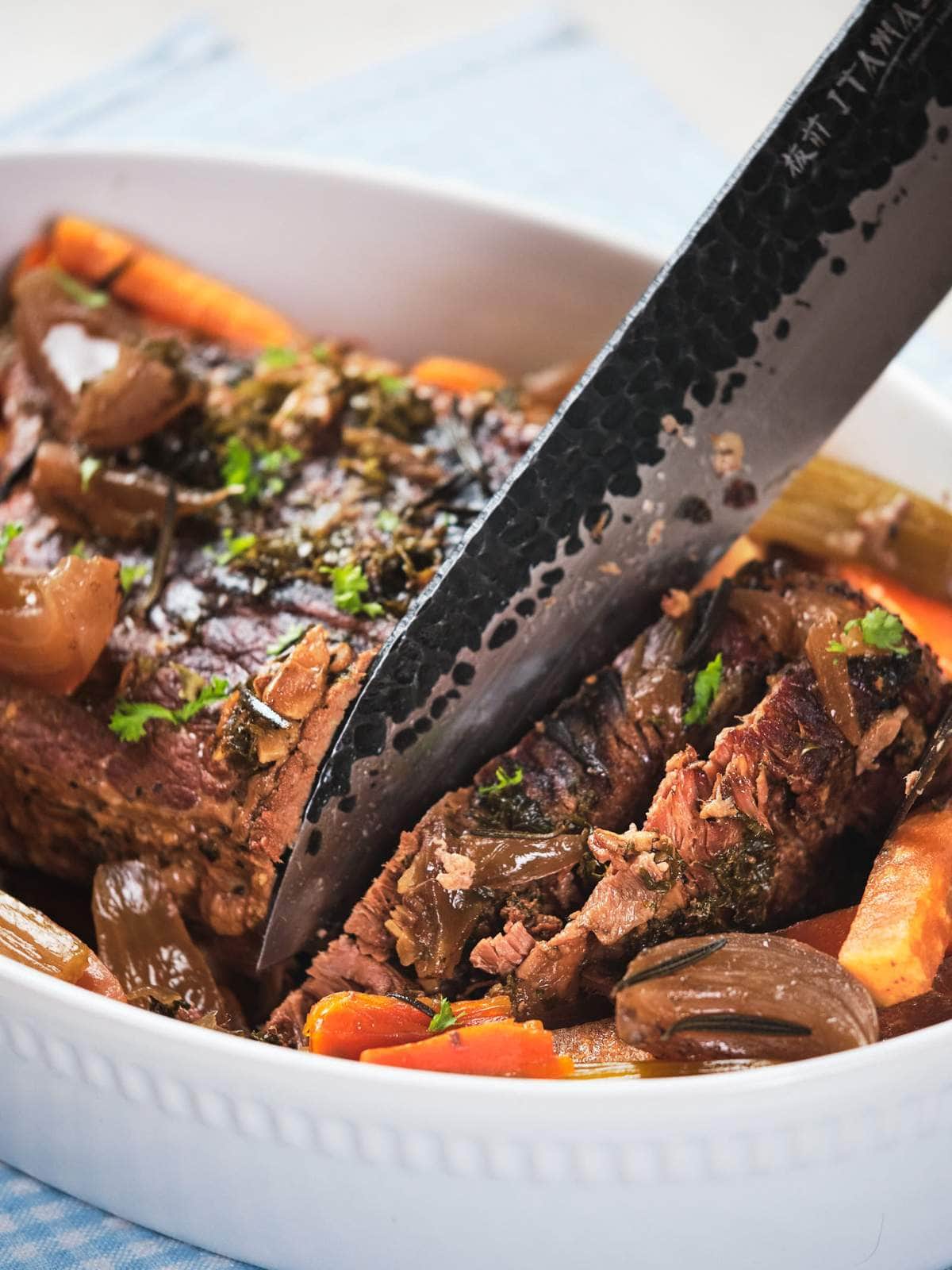
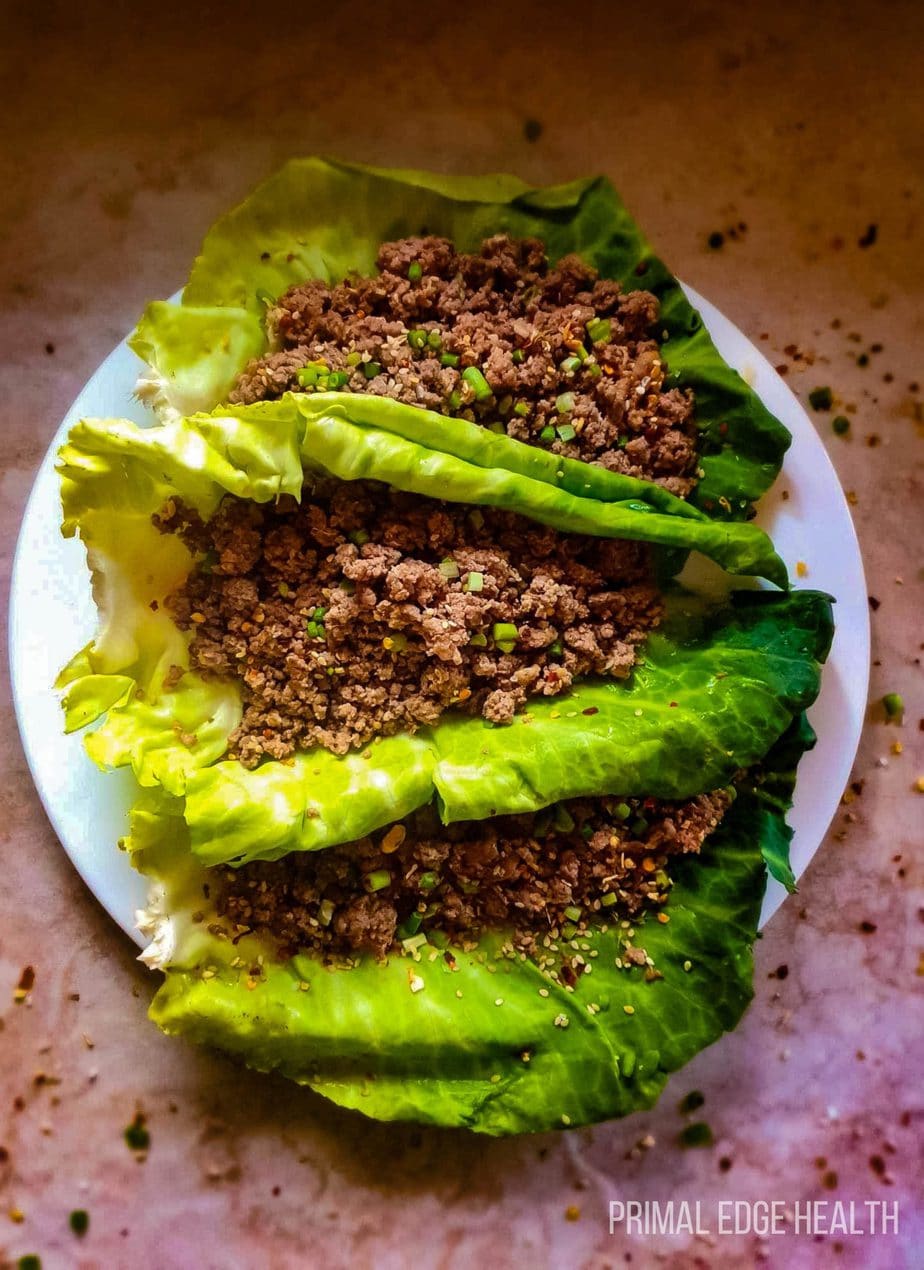
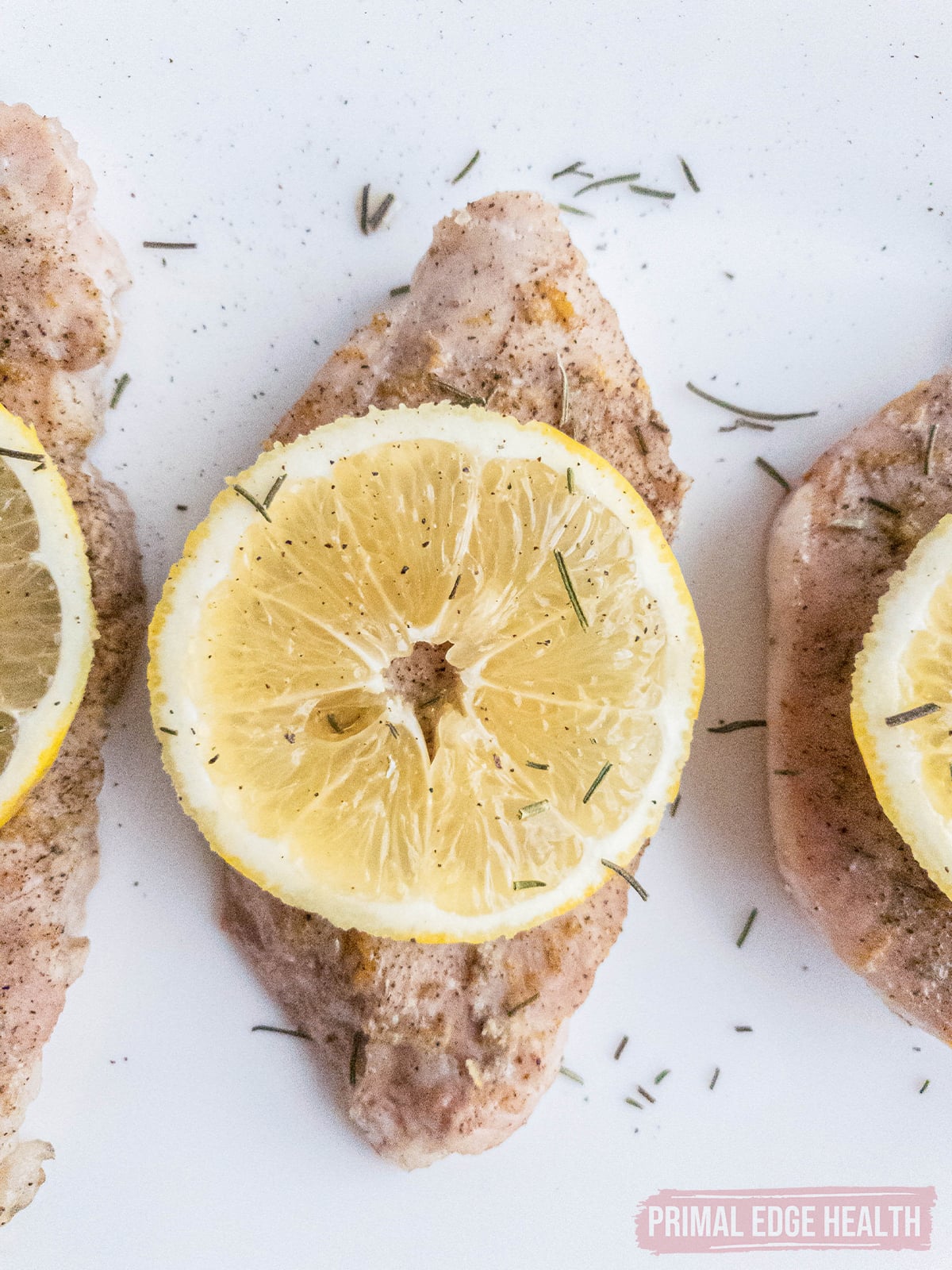
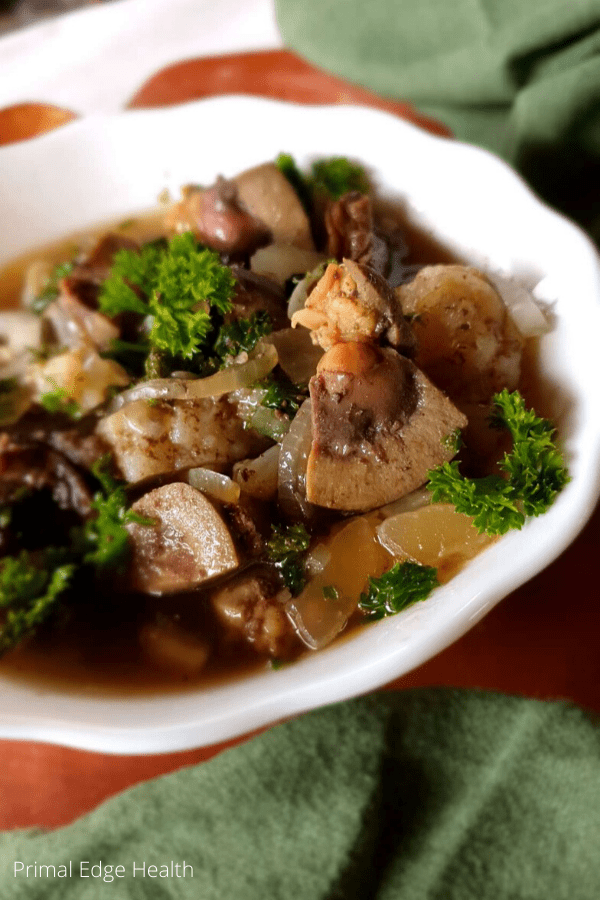
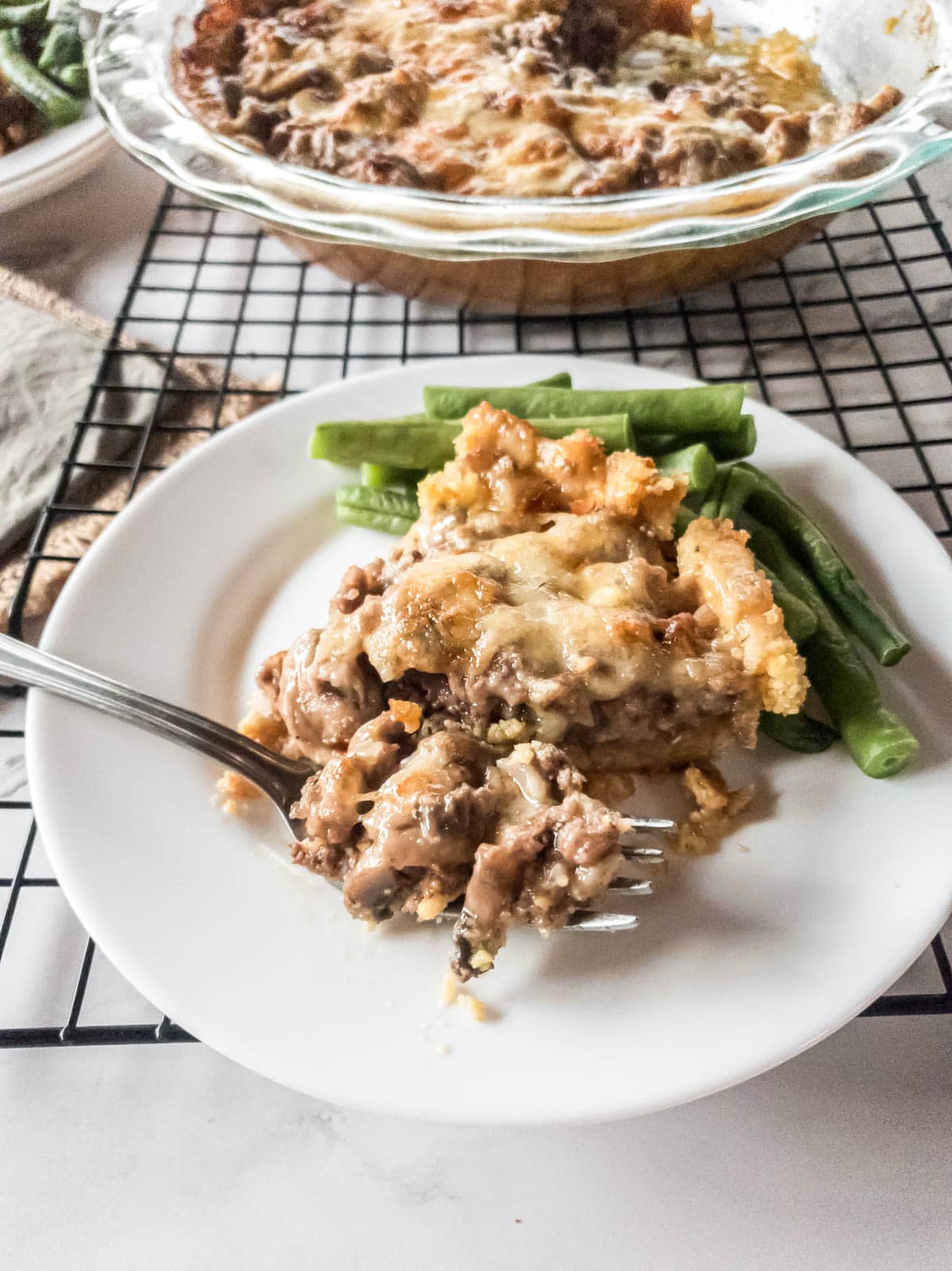
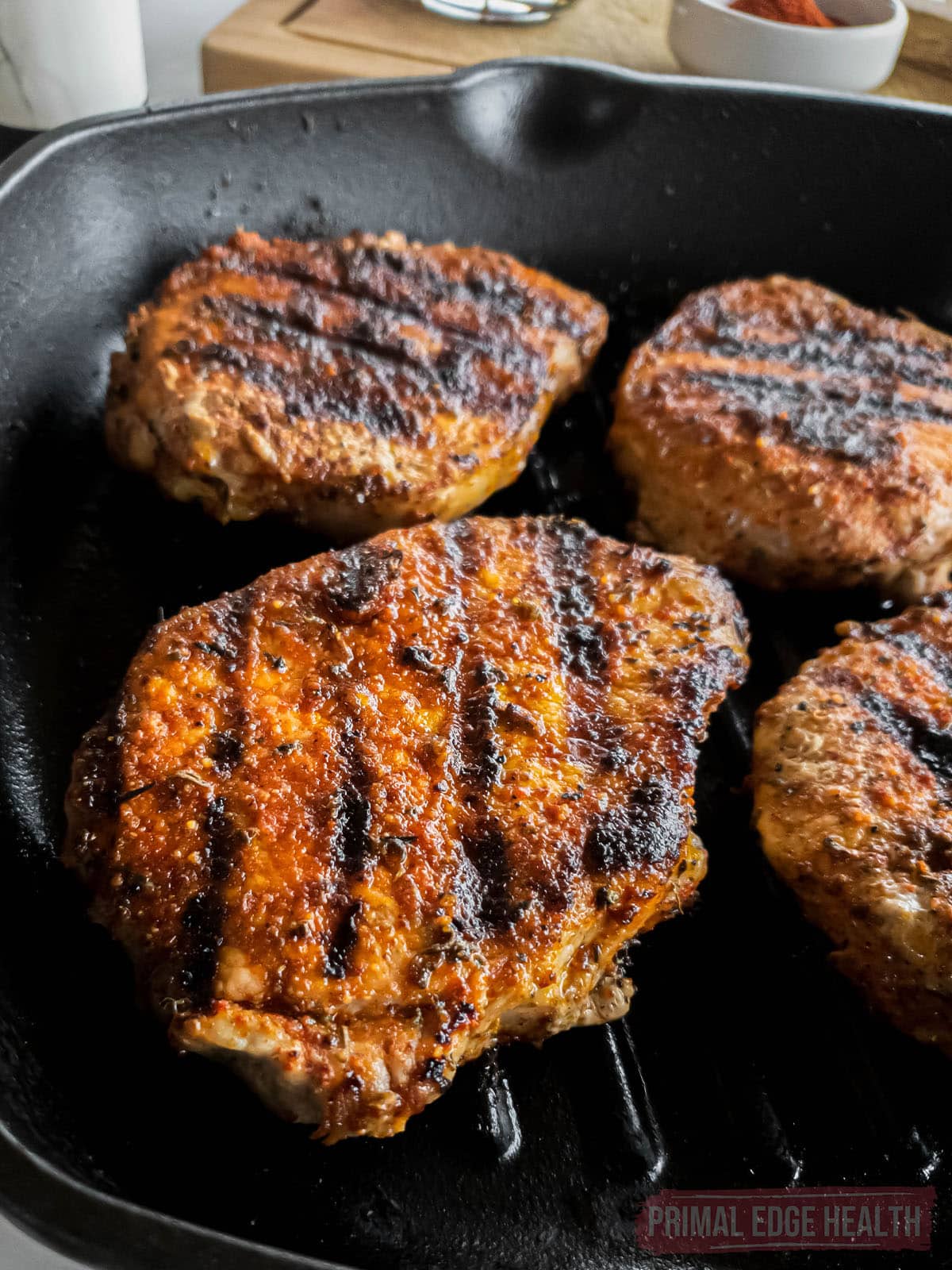
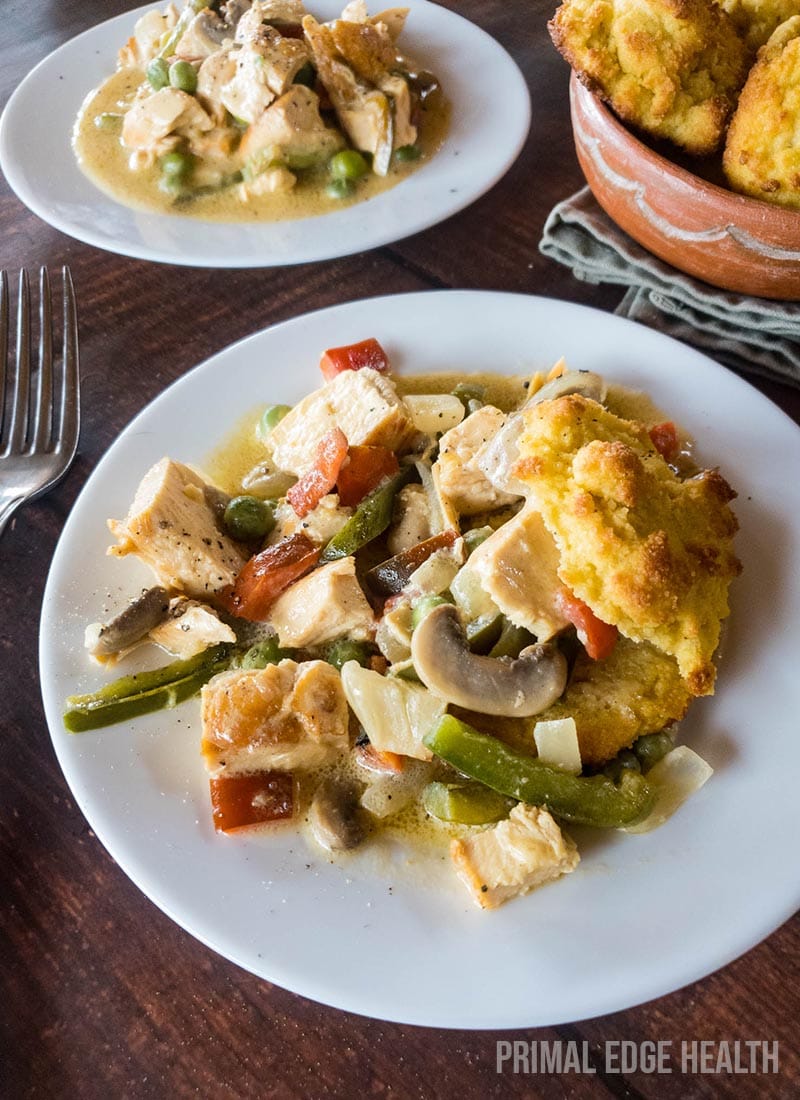
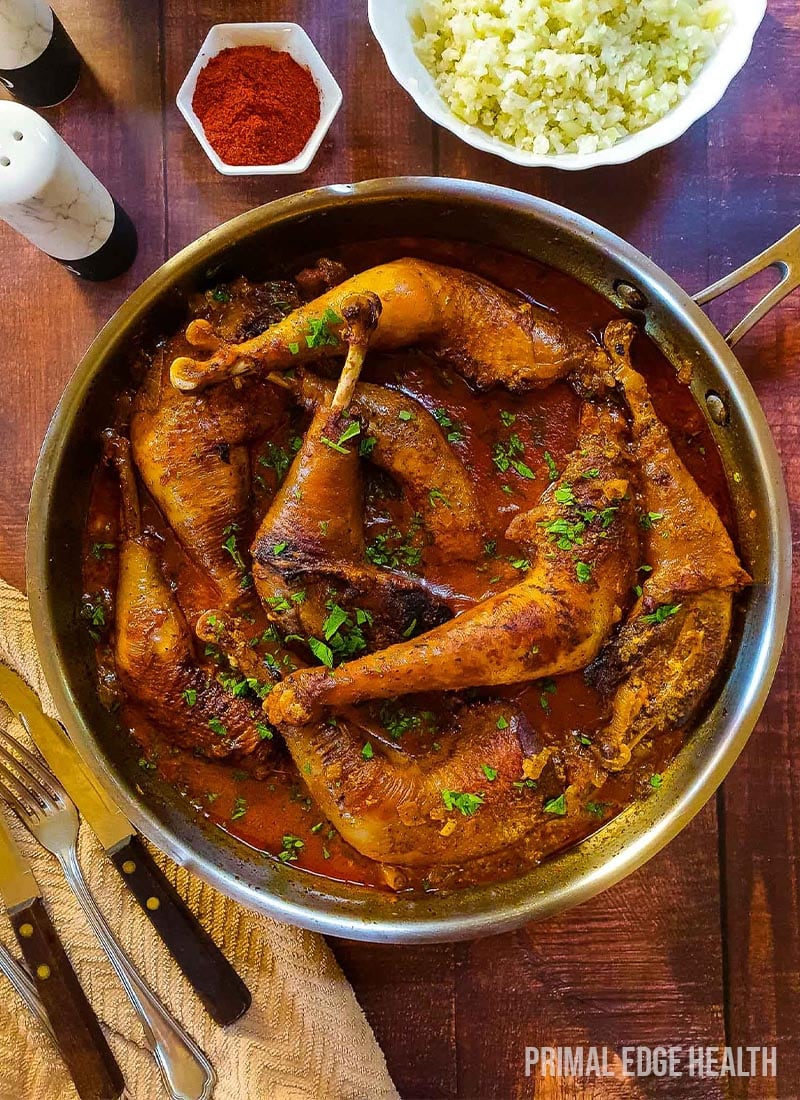
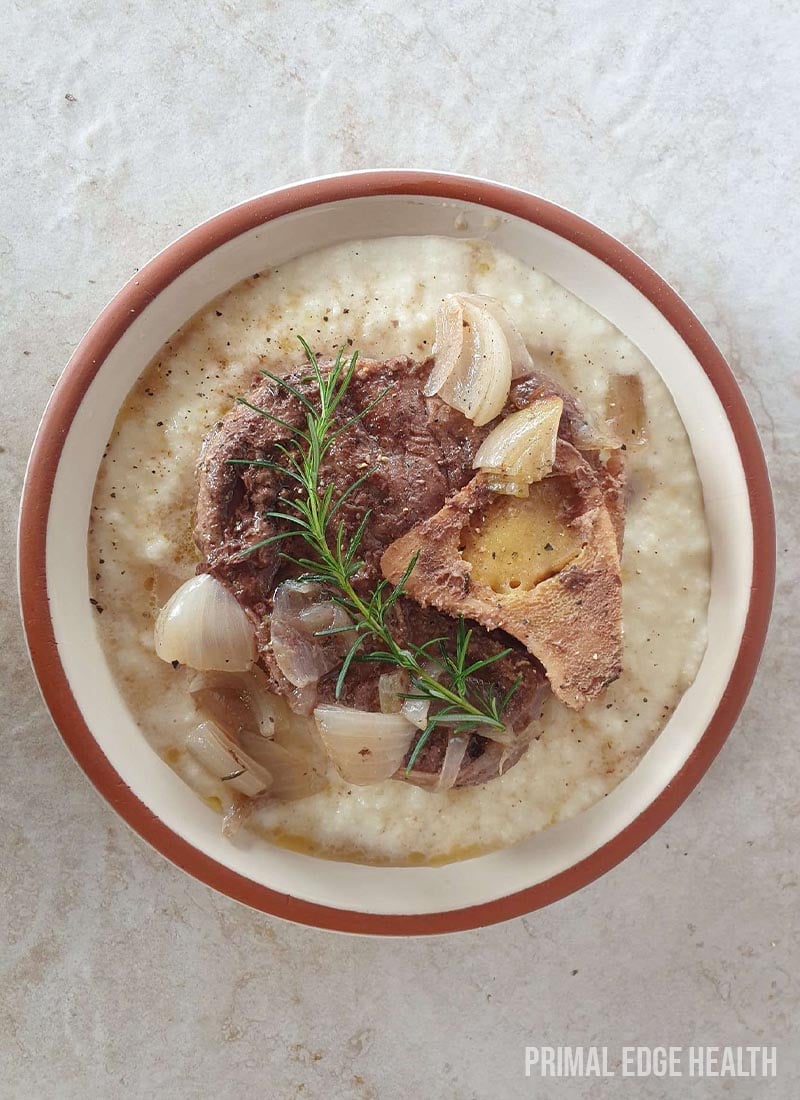
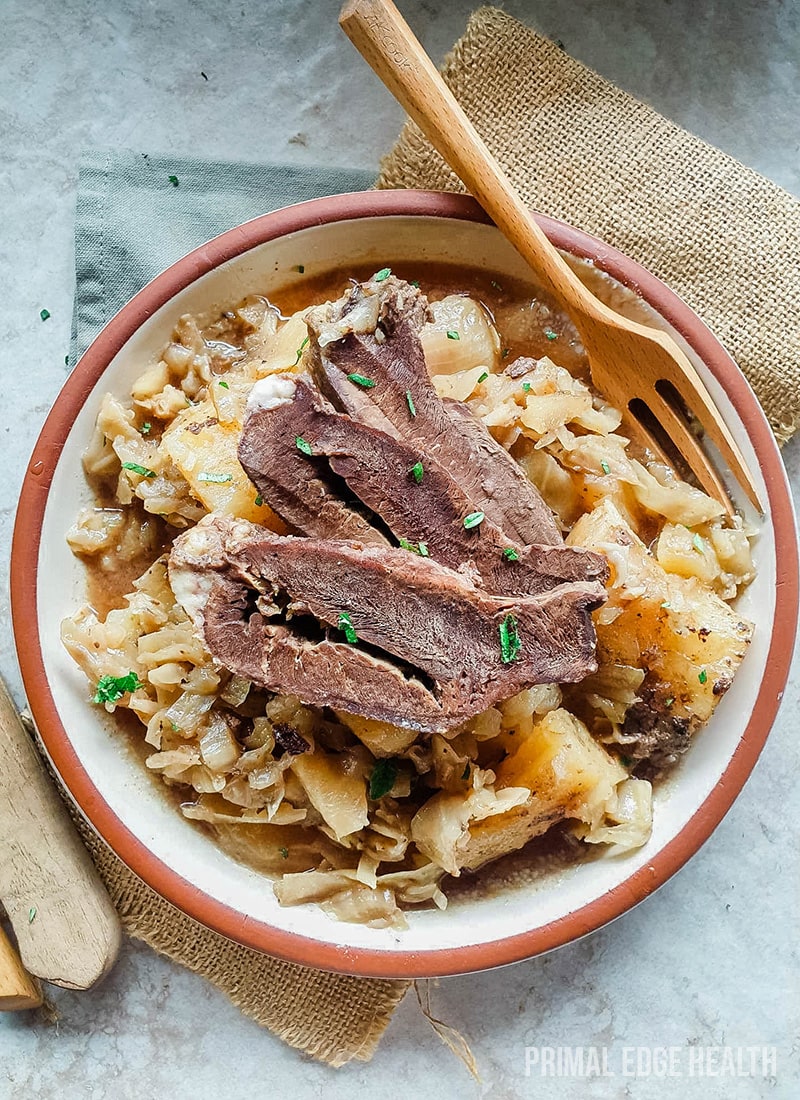
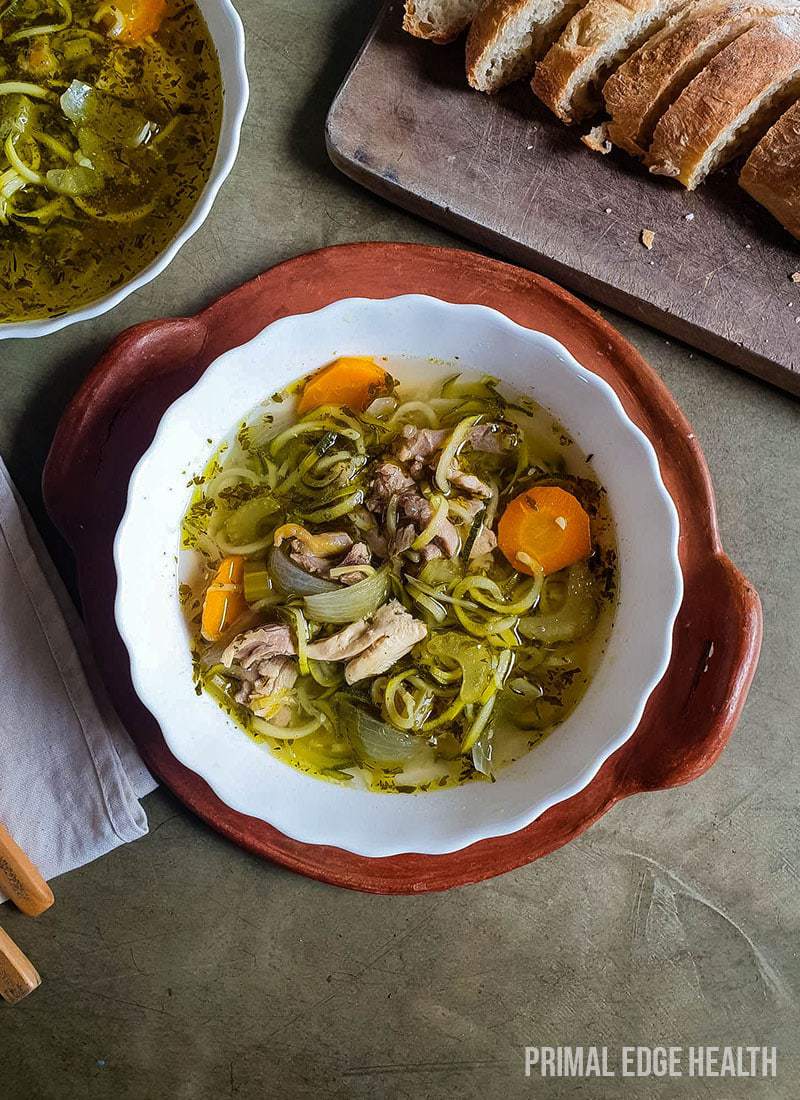
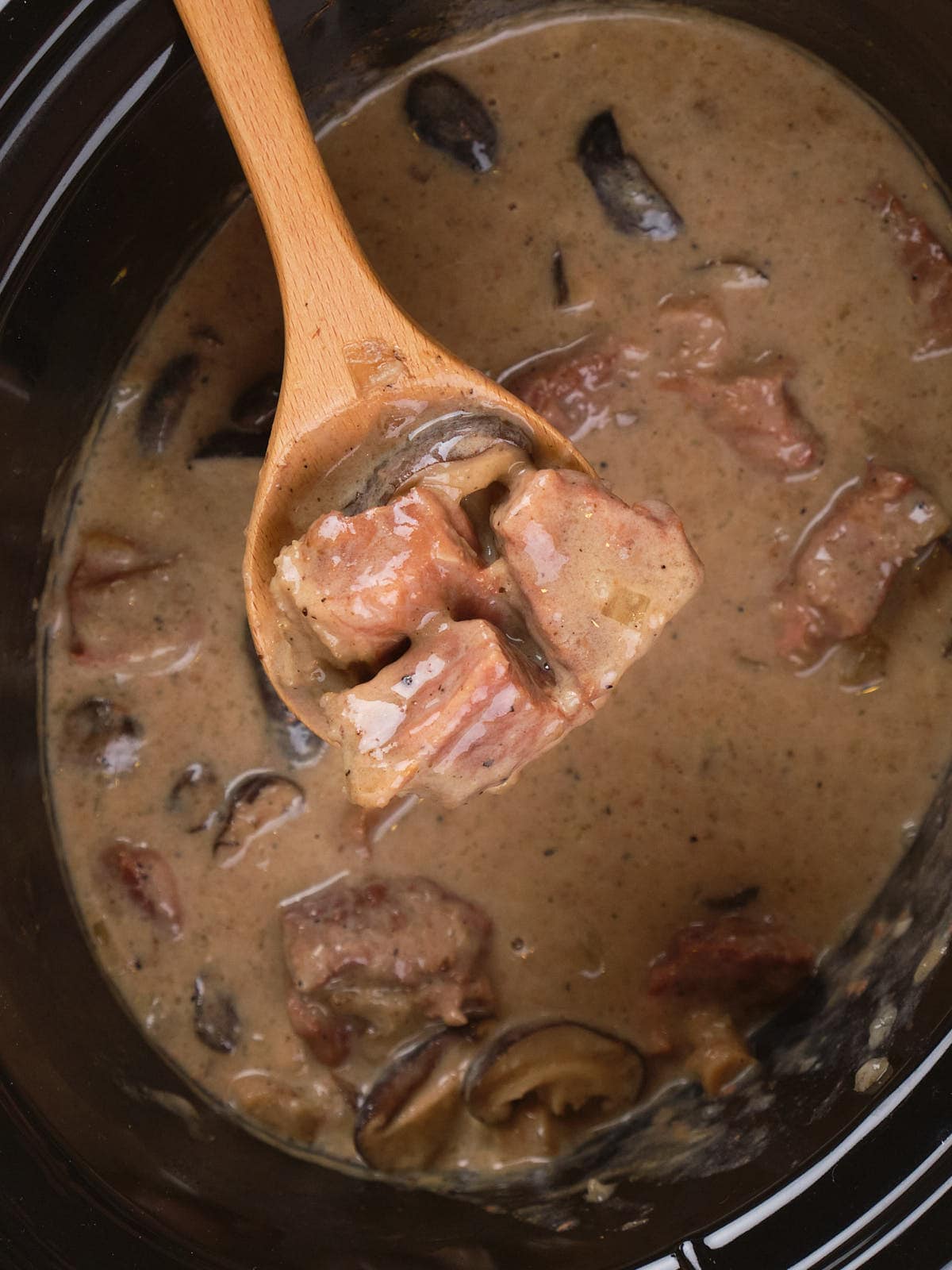
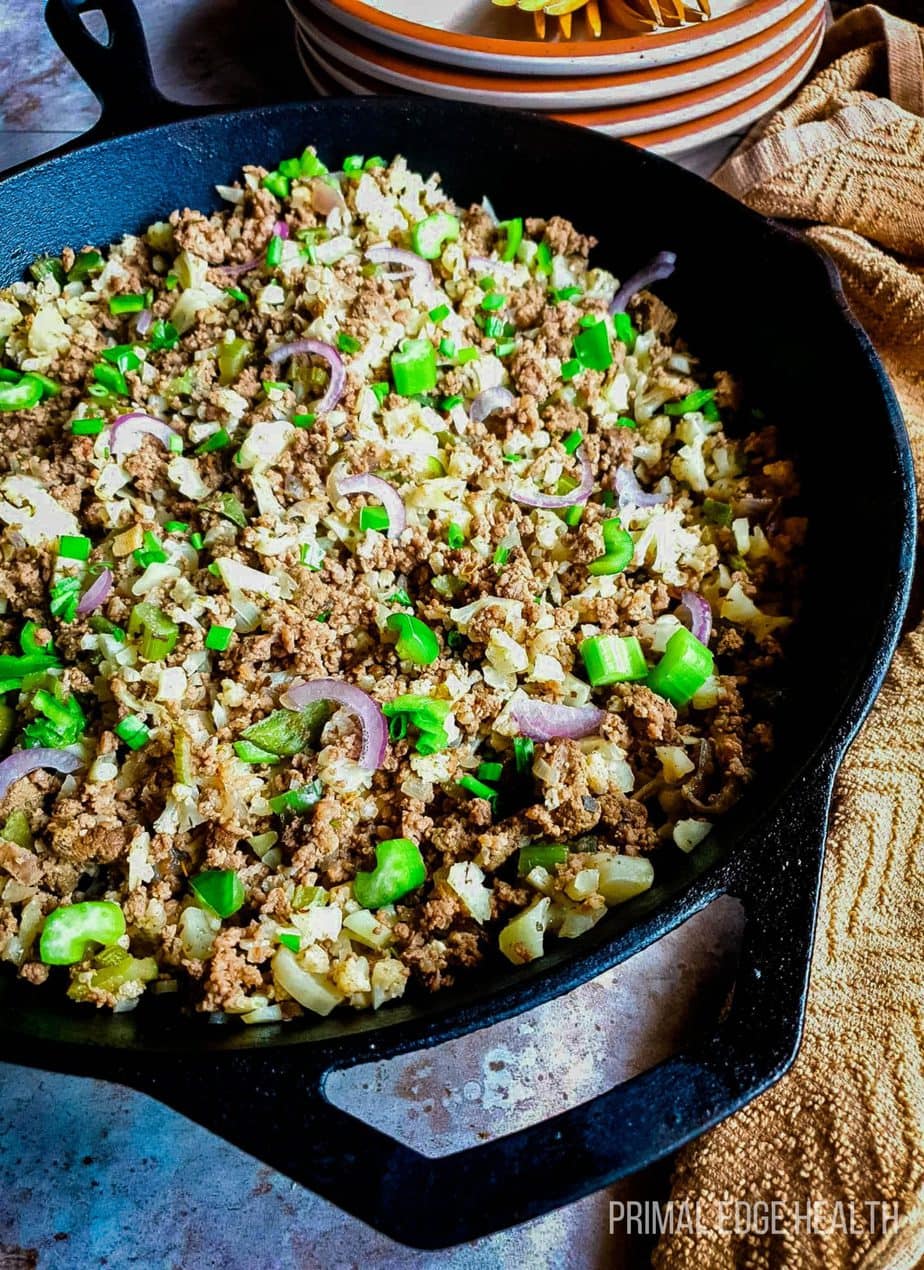
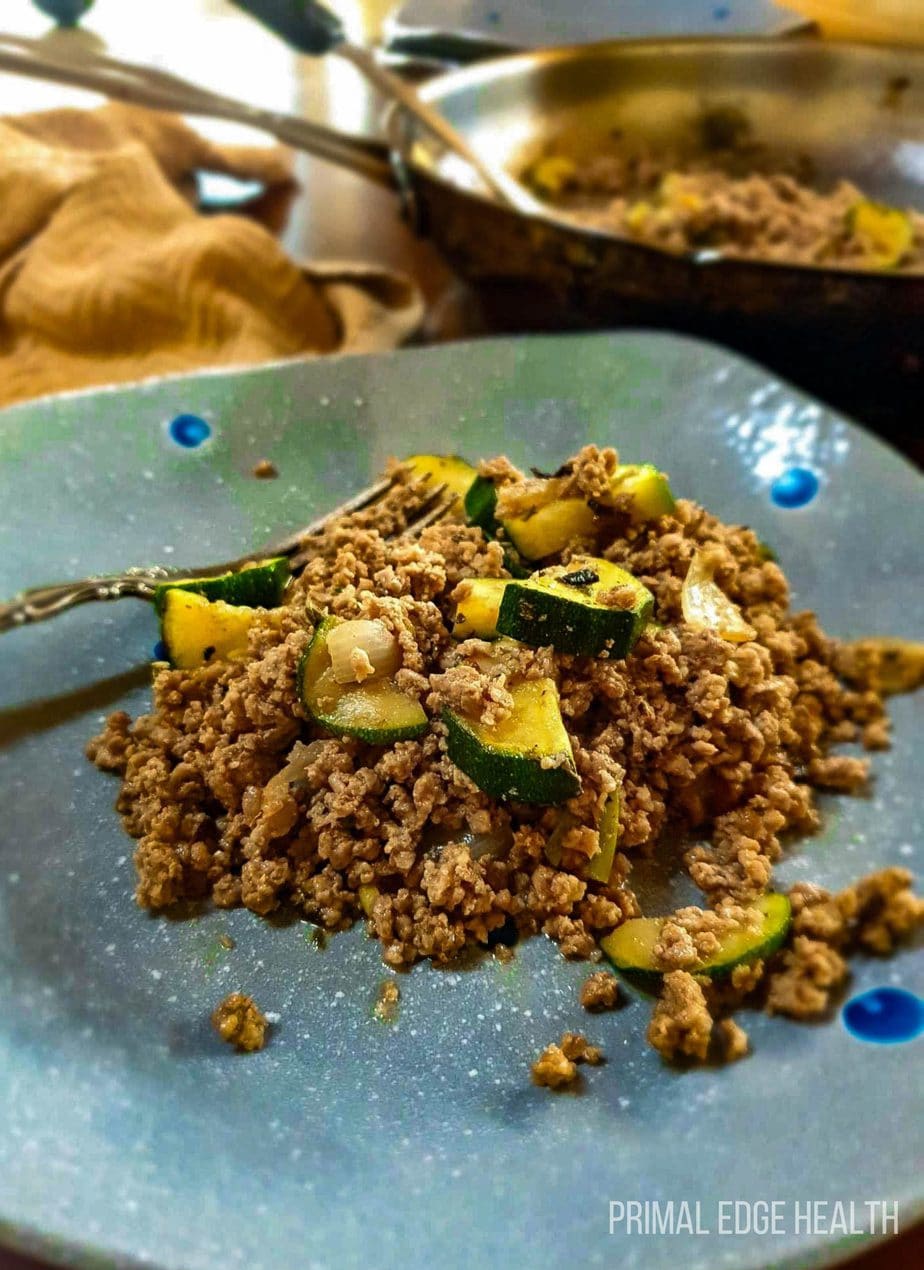
Final Thoughts
A lot of people might think that following a low-histamine diet is going to be restrictive, so I hope this article clears up that misconception! As you can see, there are plenty of low-histamine dinner recipes to choose from, from easy 20-minute meals to slow-cooker dishes.
If you want your breakfasts to be hassle-free as well, here’s my list of the best low-histamine breakfast recipes. Need something to hold you over until your next meal? Check out these low-histamine snacks!

